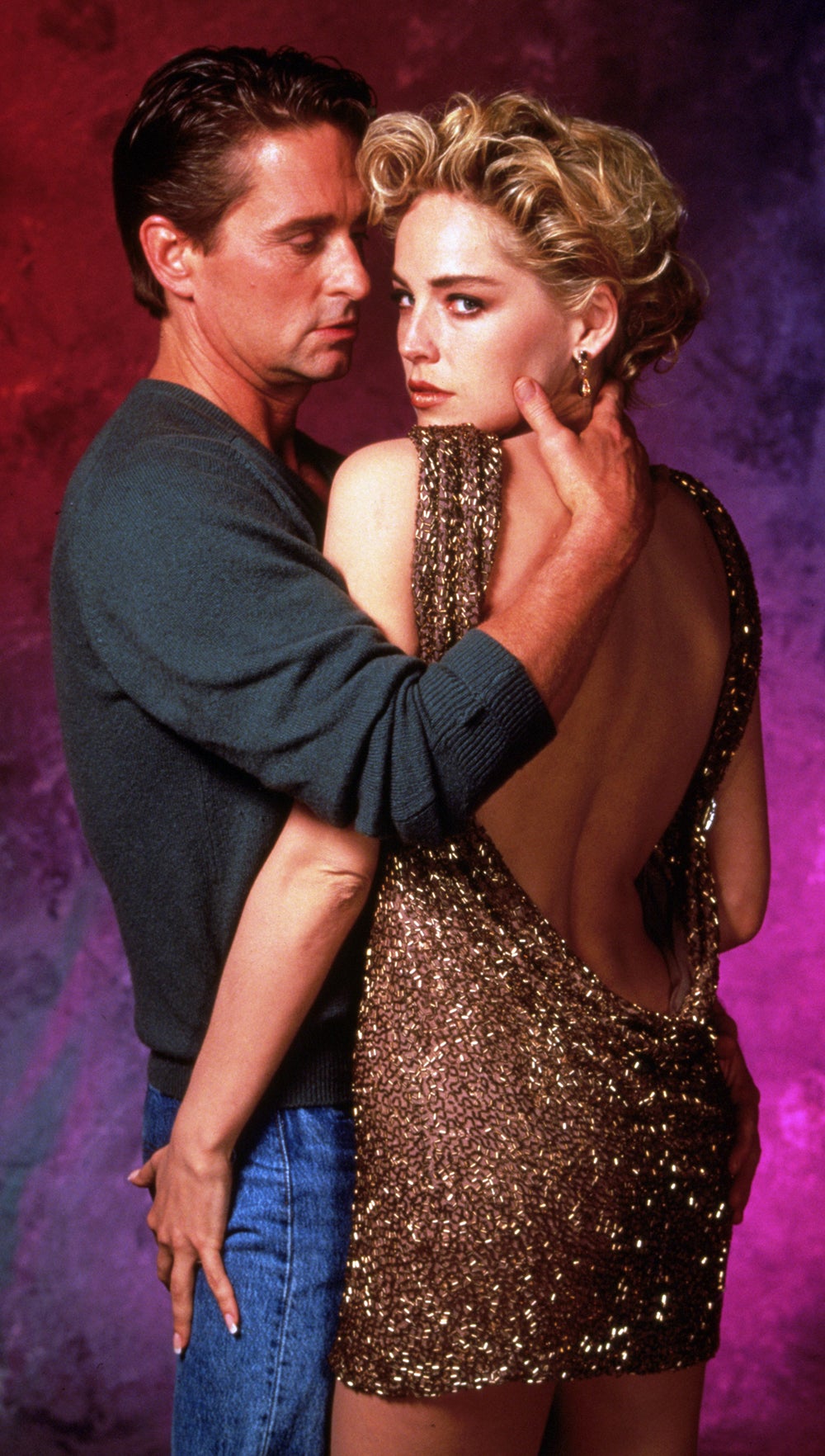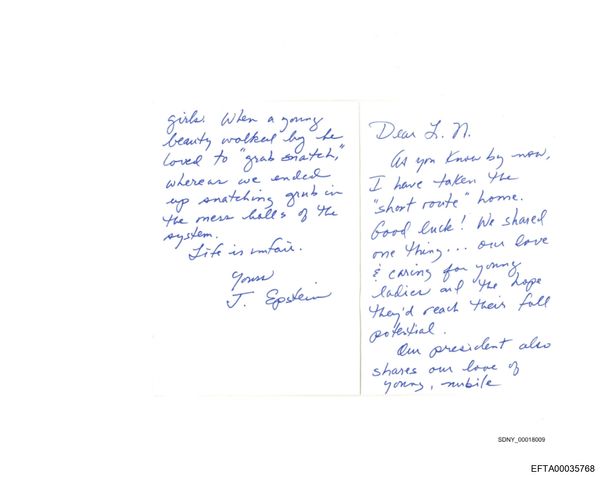
Men fear Sharon Stone,” wrote a magazine profile in 1996. “She is feral and forthright, quick and cunning. Often, she appears simply nuts.” Back in the Nineties, no actor was written about more carnivorously nor more dramatically than the star of Basic Instinct, who uncrossed her legs as an alluring murder suspect in Paul Verhoeven’s 1992 thriller and became an icon of screen sexuality as a result. She was 34 when she achieved international fame in the role, having spent the previous decade in largely uninspiring films, hungry for her big break. Once she got it, she made sure everyone in the world had an opinion on her.
Stone was the only movie star of the late 20th century who seemed to love being a movie star. She played the Hollywood game with delicious panache. Always dressed in attention-grabbing outfits, she turned journalists into putty, and demanded the same sky-high salaries as her male peers – $5m for the action film The Specialist, $6m for the thriller Diabolique. Over the course of her fame, she’s been called a temptress and box-office poison. She served as a nostalgic throwback to the racy, dangerous blondes of the Forties, Fifties and Sixties – think Veronica Lake if she were swaddled in Kim Novak’s coats in Vertigo. She had a husband who was nearly eaten by a komodo dragon at the zoo. Subsequently, all of the above has made her a bit of a punchline. Today, it makes her worthy of a reappraisal.
Stone’s new memoir, The Beauty of Living Twice, which is published today (1 April), isn’t revelatory in the way that the juiciest celebrity autobiographies tend to be. It is often quiet, contemplative and filled with folksy tales of Stone’s life before Hollywood. We learn of the tragedies that shaped her, and the vaguely surreal number of near-death experiences she’s had. Buried in it, though, are moments that suggest who the real Sharon Stone is hiding beneath that tough, shimmering carapace.
“When I am not busy being Sharon Stone, I am rather shy,” she writes early on. After Basic Instinct makes her a star at the 1992 Cannes Film Festival, newfound fans break into her hotel room “to steal Sharon Stone’s belongings”. After she suffers a brain haemorrhage in 2001, she has to pull her body back together: “I didn’t know if I would ever be well enough to work again. To remember my lines, look presentable, and be photographed as Sharon Stone.” Years later, and still experiencing the side effects of brain damage, she asks: “Was I no longer Sharon Stone?”
The memoir confirms, nearly 30 years after Basic Instinct, that “Sharon Stone” was very much a construct. She was a tool for survival against the worst of bad men, a shadow self that enabled her to be her most bold and charismatic. It earned her both accolades and blowback, but it also cemented her as one of Hollywood’s most fascinating stars. If you were paying attention, the clues to Stone’s bluff were always there.
“Sharon Stone spent 11 years and 18 films playing Barbie-doll roles, vapid blonde sluts and bland, white Anglo-Saxon Protestants in forgettable movies,” says Dr Rebecca Feasey, the senior lecturer in Film and Media at Bath Spa University. Once Basic Instinct came around, she was “old enough in Hollywood years, wise enough and assured enough not to be swayed by media interest and incessant public commentary. She had fun with the press and remained in control. She was also happy to play with her star image.”
Look back now and it’s funny how often Stone openly discussed said image in the press. “I had gotten to a point when I’d done so many B-movies, I couldn’t get a good movie,” she said in 1997, of her pre-Basic Instinct years stuck in the VHS bargain-bin. “I realised: I’ve got to figure out how to get famous, because if I get famous I can get better movies.” Speaking to Vanity Fair in 1993, on the set of a film, she spent several minutes dissecting her character’s underwear before catching herself. “I’m supposed to be having a serious interview, and here I am picking out a bra in a trailer,” she said. “What a Sharon Stone kind of thing to be doing, huh?”
She seemed to switch personas depending on the press outlet. For the youth-skewing Rolling Stone Magazine, she played the role of a real-life femme fatale. “Murder is a very sexual thing,” she purred to them in 1992. On morning television, she would appear still dressed in her bathrobe, as if she were a Generation-X Gloria Swanson. She would pivot into a more serious mode with older, establishment journalists. In conversation with Barbara Walters or Barry Norman, Stone spoke slowly and fastidiously about her craft and regularly mentioned her genius-level IQ (she’s a member of Mensa). To more industry-focused magazines like Movieline, she made it clear she understood the hot air keeping Hollywood afloat.
“I’ve been at this for so long that I knew everybody in the business long before I became famous, and I didn’t have value to many of them,” she said in 1994. “Now, suddenly, the people who were coarse and rude before treat me as though we’ve never met … My value has so greatly changed, I’m not even the same girl any more. They don’t seem to realise that I might actually be the same human being they used to insult and s*** on, and I might recall the past. The greed is that overwhelming. My feeling is that they’ll be not nice to me again, so I might as well enjoy this phase.”

She was, unsurprisingly, correct. Stone ruffled feathers when it came to her salary and her demands for co-star approval (both of which were standard for A-list men at the time). She was also a smart and supremely confident self-publicist, comparable only to Madonna at her peak. There was an inevitable backlash. “If you have a vagina and a point-of-view, that’s a deadly combination,” Stone joked, prophetically, in 1992.
Entire articles pondered whether she could act or not. She clashed with studio executives, had a run of flops, and starred in misfires like Catwoman and the Basic Instinct sequel. The Razzies, the anti-Oscars that annually “award” bad movies, made her one of their unofficial mascots, along with actors such as Demi Moore and Sean Young. In 1997, on the heels of her Oscar-nominated performance in Martin Scorsese’s Casino and her role as a death row inmate in the drama Last Dance, she was nominated for “Worst New Star” – with the caveat “for the ‘new, serious’ Sharon Stone”. She had been Razzie-nominated four other times since 1988, for erotic thrillers like Sliver and action films such as The Specialist. It ultimately felt like needless mocking: stay in your lane, Stone, even if we jeered at you there, too.
In The Beauty of Living Twice, Stone writes eloquently of those last years of her Hollywood dominance, and how breaking barriers for women saw her penalised in the process. “It would be fair to say I f***ed myself,” she remembers. “Then, in the good ol’ days, with the good ol’ no-rules, women as superstars were not a darling of the system. They preferred us to be ornaments. I was supposed to do what I was told.”

Stone’s filmography isn’t filled with secret classics. She is electric in Basic Instinct and Casino, and lively and whimsical in Albert Brooks’s little-seen comedy The Muse, but there’s also a lot of rightly forgotten guff on her CV, too (Sphere, Cold Creek Manor, her remake of John Cassavetes’ Gloria). Her memoir reminds us, though, that she’s always been a fantastic movie star.
The best ones tend to resemble her: Hollywood glamazons who can be outrageous and complex and who embrace the artifice of celebrity and fame. They’re beautiful people whose personas are at least partly manufactured. They reflect back to us all of our secret desires, and use them as shields, battering rams or cries for attention as they clamber up the Hollywood ladder. And if they crash down, as they all inevitably do, they do it sensationally.
‘The Beauty of Living Twice’ is available now







